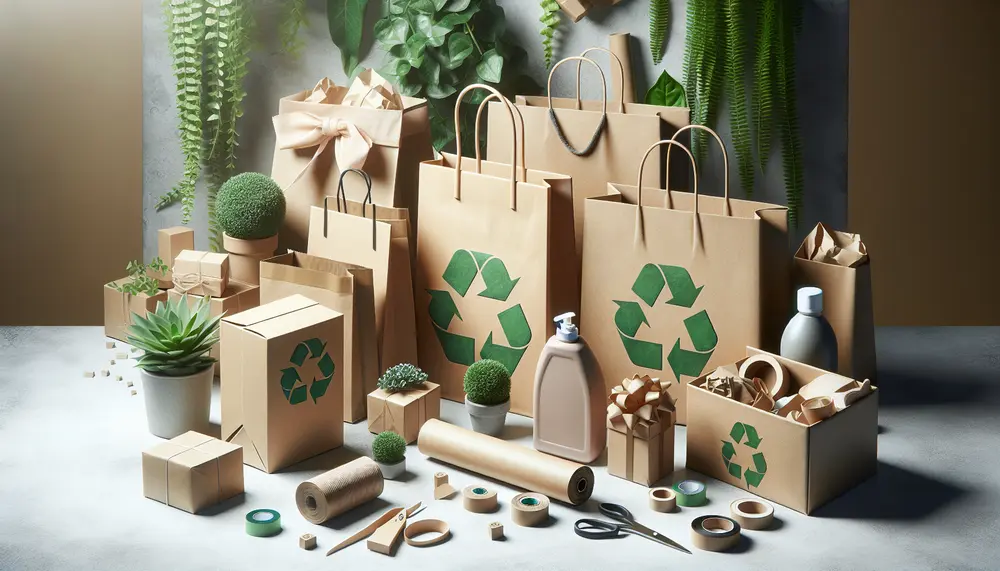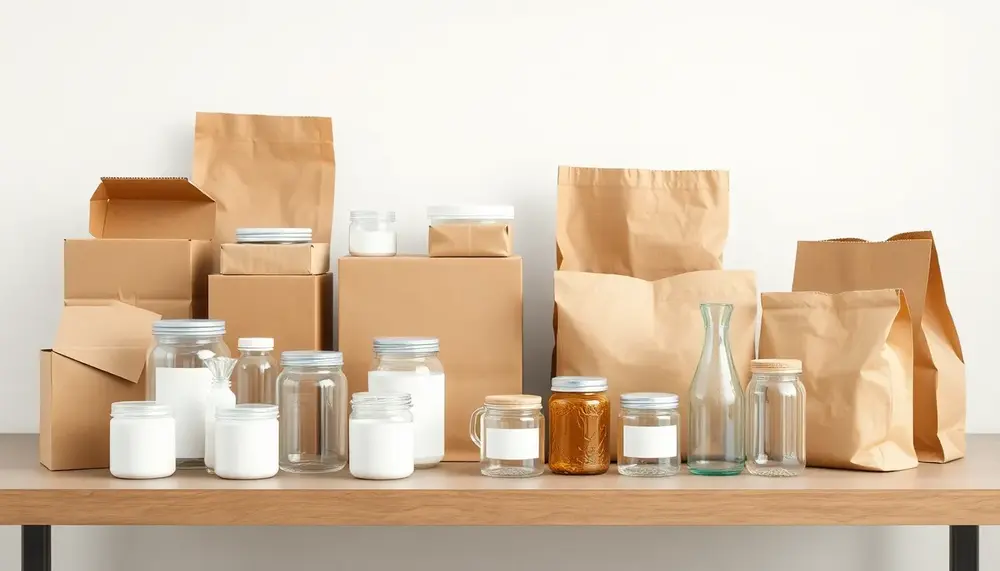Eco-label
Eco-label
Eco-label
An Eco-label is a certification mark on packaging that shows the product meets environmental standards. It helps consumers identify products that are better for the environment.
Importance of Eco-labels in Packaging
Eco-labels play a crucial role in packaging. They guide consumers to make eco-friendly choices. By choosing products with an eco-label, you support sustainable practices.
Types of Eco-labels
There are different types of eco-labels. Some focus on reducing waste, while others highlight recyclable materials. Common examples include the FSC (Forest Stewardship Council) and the EU Ecolabel.
How to Identify an Eco-label
Look for symbols or logos on the packaging. These marks indicate that the product has passed environmental standards. Always check for certification from recognized organizations.
Benefits of Using Eco-labels
Eco-labels offer many benefits. They promote environmental awareness and encourage sustainable production. They also help reduce the carbon footprint of packaging.
Conclusion
Using an Eco-label on packaging is a step towards a greener planet. It helps consumers make informed choices and supports sustainable practices. Look for eco-labels to contribute to a healthier environment.
Blog Posts with the term: Eco-label

The packaging industry is governed by a complex legal framework aimed at ensuring safety, health, and environmental protection. Key regulations include material restrictions like RoHS and REACH, compostability standards such as BPI certification, and heavy metal limitations under CONEG legislation. Regulatory...

Understanding sustainable packaging is vital for businesses to minimize environmental impact and meet consumer demands, focusing on eco-friendly materials and practices. Key concepts include life cycle assessment, recyclability, and the circular economy, which guide companies in selecting suitable materials while...

Packaging choices significantly affect the environment, contributing to pollution and resource depletion due to non-biodegradable waste and high carbon footprints. The rise of eco-friendly packaging solutions like bioplastics and recycled materials reflects a shift towards sustainability in response to environmental...

Beverage packaging is a critical aspect of the consumer experience, acting as a gateway to luxury and influencing perceptions through design that combines aesthetics, function, and sustainability. Good design not only attracts attention but also tells a brand's story and...

Sustainability in the packaging industry focuses on reducing environmental impact through a circular economy, optimizing supply chains, and aligning with consumer values for eco-friendly products. The industry faces challenges like waste accumulation and energy-intensive production but is shifting towards sustainable...

Understanding and selecting the right pharmaceutical packaging materials is essential for maintaining drug safety, efficacy, and integrity. These materials must protect against environmental factors like moisture and light while ensuring compatibility with the drugs they contain; innovations in this field...

Packaging and labelling play a crucial role in marketing by shaping consumer perception, building trust, differentiating brands, ensuring compliance, and enhancing user experience. Effective packaging and labelling drive purchase decisions through clear information, emotional connection, unique design elements, transparency, and...

Packaging plays a crucial role in business success, serving as the first point of contact with consumers and contributing to brand identity. It's not just about aesthetics but also functionality, customer satisfaction, product protection, information conveyance and sustainability. Choosing the...

Recycled paper in sustainable packaging reduces reliance on forests, conserves resources, and minimizes waste while signaling a brand's environmental commitment. It offers benefits like lower greenhouse gas emissions and conservation of biodiversity but faces challenges such as limited availability, potential...

Pharmaceutical packaging in the EU plays a vital role beyond protection, ensuring safety, compliance, and sustainability while adapting to diverse market needs under strict regulations. Key frameworks like the Falsified Medicines Directive and European Green Deal drive innovation in traceability,...

A well-structured Slideshare on packaging materials should use a clear narrative, visual comparisons, and actionable insights to guide viewers in choosing the right material. Each type—glass, metal, plastic, paper/board, composites, or biodegradable options—has unique strengths and weaknesses best matched to...
